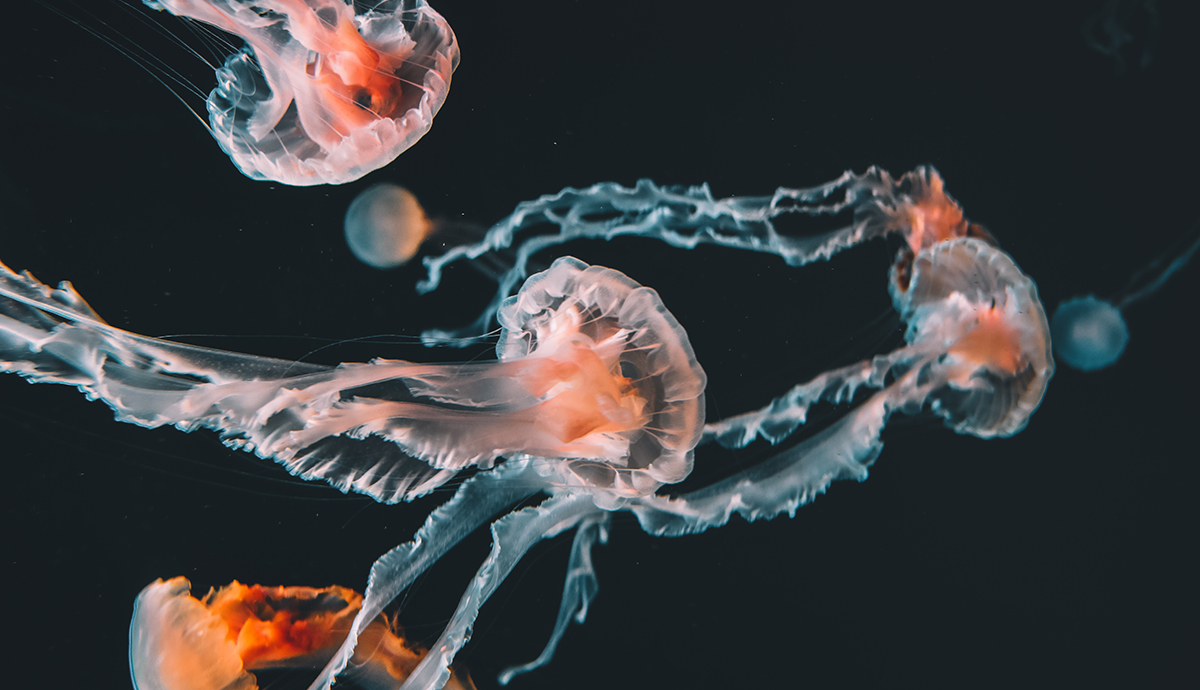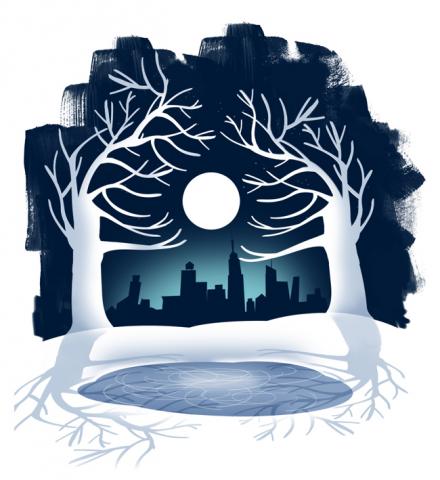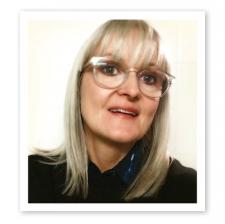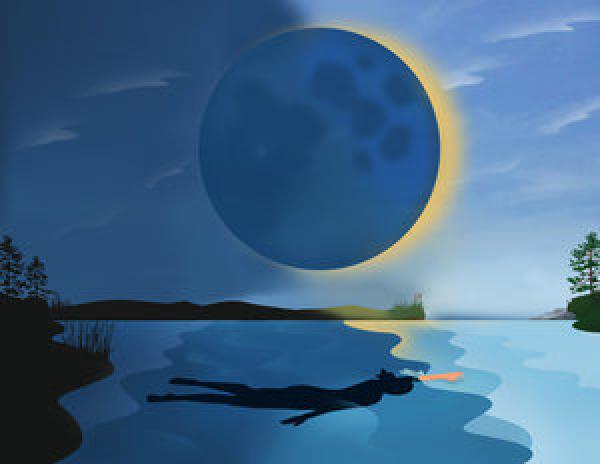 A few years ago, I had an essay accepted by a literary journal about a stream that ran near my house. After the initial correspondence, the editor asked if I had any pictures to accompany the essay. I sent two, but she wanted more.
A few years ago, I had an essay accepted by a literary journal about a stream that ran near my house. After the initial correspondence, the editor asked if I had any pictures to accompany the essay. I sent two, but she wanted more.
My younger daughter had recently taken an interest in photography, so that October afternoon we walked along the creek, camera in hand (her hand) and snapped pictures. We spent over an hour in the fall weather, she trying to capture leaves floating on the water, ripples over rocks, the shadows of trees against the far bank.
At home, I uploaded the pictures onto my computer, deciding which ones to send. I had ruled out a few for bad lighting or being out of focus when I came across one in which the creek was almost sideways. I thought she might have stumbled or snapped it accidentally, so I sent it to a folder of other bad photos.
I had forgotten all this until a few weeks ago when I was cleaning files on my computer and noticed that many of the pictures my daughter took had that same tilt to them. The literary journal published my essay along with her pictures—her first publishing cred—but I wish I would have sent one more.
It was not an accidental shot, I saw. She had angled the camera to create the effect of the sideways stream, and what I realized that morning years later was that she had done so to see the world from a different angle.
Good writing, I tell anyone who will listen, allows the reader to see the world in a different way. To find the light and the shadows, the places where the stream runs swift and where it slows. To empathize with others and look at ourselves more clearly, not just who we are now, but who we can become. There’s great value in viewing the world as it is, but to get past the way we always see it—to grow beyond the boundaries we’ve settled around us—we have to constantly try to see it anew.
Picasso’s Blue Period was an attempt to shed a new shade of light on death and depression and the destitute. The Imagist poets thought a picture held more than a thousand words but only a few would work. Shakespeare’s sonnets affect globes of our brains we didn’t know were worlds. We’ve learned about the past through cave paintings and pottery, understood ancient civilizations through words set in stone, which means literature is looking toward the future since we write with the hope someone else will read it.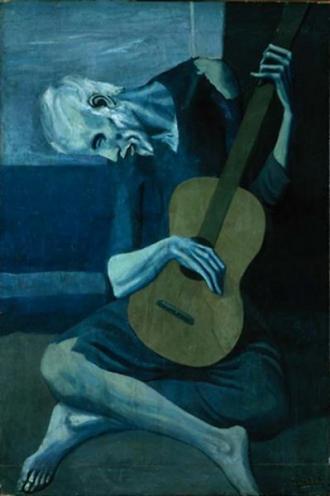
When governments contemplate cutting funding to the arts or a student wonders why he has to study poetry in school, I want to tilt the world a little to the angle so that they might see the picture in a different way. While we’ve certainly made innovations in education, for much of our history we learned through memorization: multiplication tables, Latin conjugations, noble gases. We sat in ordered rows and wrote the alphabet so many times our hands grew as cramped as the small classroom.
It wasn’t until later, when we began to form the letters into words and the words into sentences, that we cocked our heads to the side and wondered if the world could be better. We strung the sentences into works of art and religion and government that still guide us today, and those great works changed the world because they allowed us to look at it in a new way: The greatest of these is love; That all men are created equal; Tomorrow and tomorrow and tomorrow.
Too often we fail to see where we can go, and only where we are, the small stamps we stand on. Too often we cling to the old hatreds of racism and sexism, of nationalism and bigotry, as if we never saw the shadow on the wall and so stayed in the cave, staring at the same surroundings all our small lives.
Writing is looking at the world until it makes sense. To keep changing the angle so that the lens is aimed back at the point our breath begins. Where we can see what we could be, if only we allowed ourselves to look beyond the greed, the anger, the small moments that make up too much of our days. It’s an attempt to stop memorizing who we are and see ourselves in a new way, tilt the lens to find the right angle, the right light.


